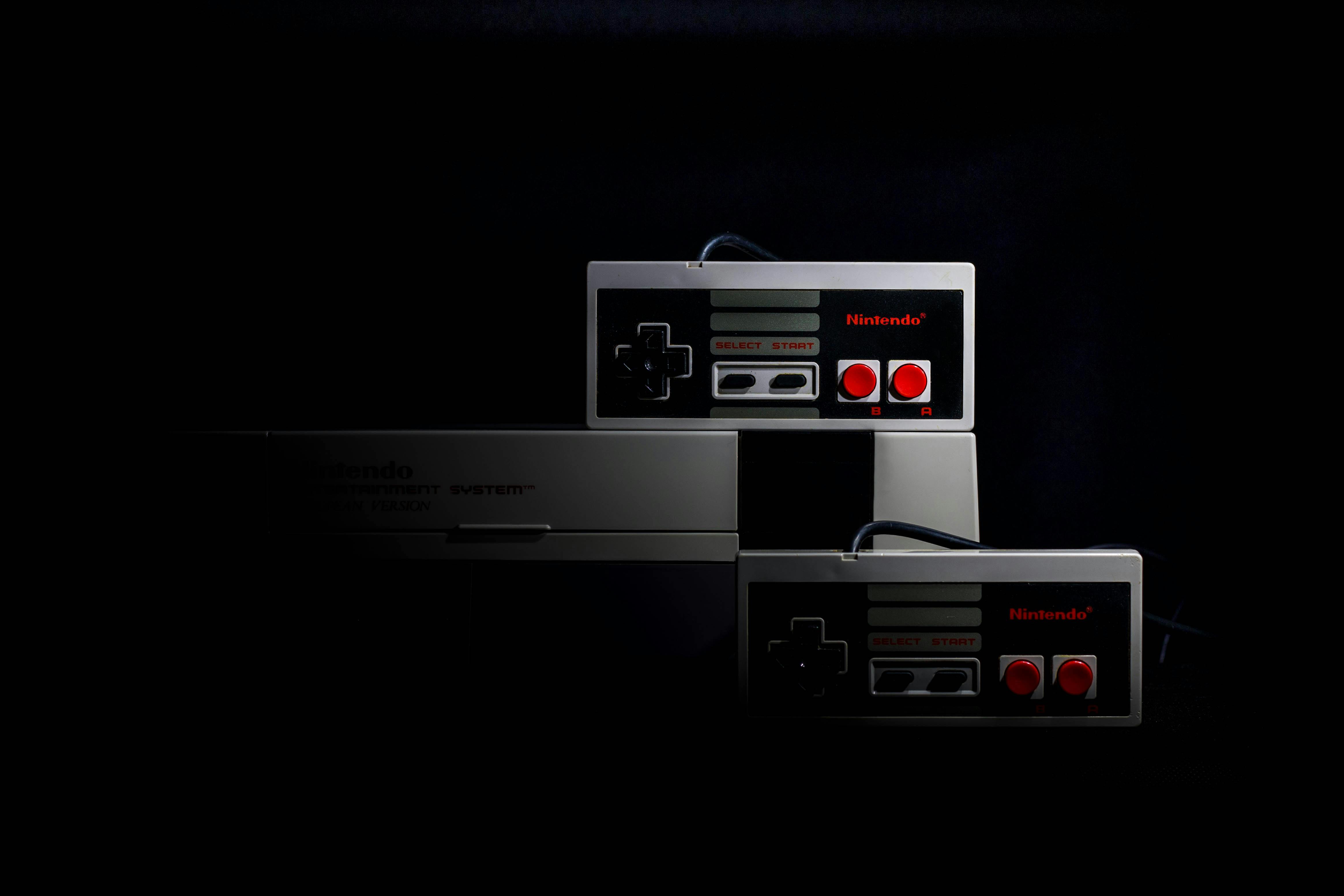Japan’s Video Game Innovations Fuel Global Entertainment Success
Here’s something I used to overlook, back when I first started consulting for international entertainment companies—Japan’s impact on the world’s video game and entertainment industry isn’t just historic; it’s ongoing, and honestly, it’s game-changing. For anyone who cares about global trends, consumer psychology, creativity, and cultural storytelling, there’s arguably no nation quite like Japan for uncovering innovative video game development strategies that keep on transforming how we play, interact, and even do business worldwide. The more I dive into the unique practices and philosophies Japanese studios employ, the more it becomes clear: these lessons don’t just belong in the console space—they’re invaluable across media, entertainment, tech, and beyond1.
The Japanese Legacy: Setting the Global Stage
Let’s rewind for a second. The early 80s—arcades, consoles, and pixel art. Japan wasn’t just in the conversation; the country was dictating the terms. Nintendo and Sega redefined what interactive entertainment could be2. Funny thing is, back then, most Western execs saw Japan as a niche phenomenon. But pretty soon, those “niche” ideas—open-world adventures, persistent characters, emotional story arcs—became global norms. And what really strikes me: Japan’s innovation came from its relentless curiosity and willingness to blend unexpected influences, merging local culture, anime, and even quirky humor with universal gameplay principles.
What’s remarkable (and still true today) is how Japan’s game development wasn’t just about “being different.” It was a bold, creative rejection of accepted limitations. “Final Fantasy” dared to tell sprawling, complex tales when most games stuck to simple plots. “Pokémon” introduced the concept of collecting, trading, and battling in a seamlessly connected world. By the late 90s, Japanese studios were partnering everywhere—Hollywood movies, global toy lines, fan communities on the rise. These efforts built entire entertainment ecosystems that ripple through technology, fashion, and even education now3.
Japan remains the world’s third-largest video game market by revenue (2024), despite trends toward mobile and cloud gaming. The country now dominates not only console but mobile, arcade, and cross-media franchises—a powerful economic and cultural driver for the domestic entertainment sector and beyond4.
Innovation as Daily Practice
From my perspective, Japan’s real secret isn’t its technology—it’s the rigorous, almost obsessive daily approach to innovation. Take studio “horizontal collaboration”: it’s common in Japanese development for art, programming, writing, and even marketing teams to merge ideas on almost every project milestone. This isn’t just a waterfall, top-down model. Decisions “bubble up” from the trenches. In meetings I’ve attended, it’s downright democratic: everyone—even a junior sound designer—gets a voice on user experience tweaks. This daily process helps fresh ideas survive (or die quickly), powering creative risk-taking and agile iteration5.
The result? A near-constant supply of groundbreaking features. Think real-time physics in “Street Fighter II,” dynamic day-night cycles in “Animal Crossing,” immersive environmental soundscapes pioneered by Capcom. None of these innovations came from rigid planning—they emerged from a collectively experimental daily workflow. When management trusts talent and lets teams fail fast, the whole industry levels up. In my experience, this model inspires even outside Japan; UK and Canadian studios often cite Japanese practices in postmortems and GDC talks.
Key Insight:
What gets me most? Rapid prototyping and open critique in Japanese studios aren’t just buzzwords. They’re business DNA. This “culture of daily innovation” keeps Japanese game companies flexible, powerful, and globally relevant—a lesson every entertainment and tech business should internalize6.
Cross-Industry Impact: Beyond Gaming
Before I go further, let’s clear something up. Japan’s video game strategy isn’t siloed. Its influence is everywhere—theme parks in Osaka, anime studios in Tokyo, streaming platforms in London, VR labs in Silicon Valley. Having worked on cross-industry pilots, I’m consistently amazed by how Japanese entertainment methods have reshaped brand licensing, merchandise, and cross-media storytelling everywhere. Brands actually model their fan engagement on Pokémon or Mario community events—a direct result of Japan’s deep integration of gaming, retail, and pop culture7.
Sound familiar to anyone working in entertainment today? This cross-industry fusion is now the gold standard for building enduring intellectual properties—synergizing games, apps, comics, streaming, and even education. On second thought, instead of “influence,” maybe “blueprint” is the right word. Historically, other entertainment businesses—film, music, even sports—lean on Japan’s strategies for long-term fan engagement and content longevity.
Strategy Lessons for Creators & Businesses
Takeaway for Entertainment Business:
After all these years—and a fair share of missteps—the core lesson I draw from Japan’s game development isn’t technology. It’s an attitude. Be patient, be playful, and let audience needs drive innovation. Japanese studios balance meticulous planning with joyful spontaneity, a dance that global businesses would do well to replicate15.
There’s some real wisdom in the Japanese concept of “Kaizen”—continual improvement, not just “good enough.” Applied to entertainment, Kaizen means evolving your product, listening closely to fans, updating both big and small elements over time. In my experience, companies that adopt Kaizen see longer product lifespans, richer communities, and healthier bottom lines.
Repurposing Insights for Global Entertainment
So, how do you refashion these strategies outside strict game development? Easy—look at how Japanese methods have inspired everything from children’s cartoons in Europe to fashion pop-ups in Brooklyn. The principles apply everywhere:
- Story-first branding for lifestyle products
- Collaborative design processes in tech startups
- Community-driven rollouts for new apps
- Time-limited cultural events associating physical and digital spaces
Let me think about this—“Japanification” isn’t about copying anime aesthetics; it’s about adopting the mindset of surprise, empathy, and iterative creativity. I go back and forth on whether this spirit can be fully exported but, after watching brands from Nike to Netflix embrace Japanese live events and collaborative storytelling, I’m convinced it’s possible.
Whether you’re planning your next blockbuster, launching a startup, or designing educational content, start benchmarking your processes against Japanese video game strategies. Ask not just “Is this fun?” but “Is this memorable?” Is it worthy of becoming a cultural moment? That’s the difference between good and legendary.
Conclusion: The Longevity of Japanese Innovation
I’ll be completely honest: Every time I think I’ve mapped Japan’s strategy, a new studio unveils something that makes me rethink all my notes from the past decade. That’s the essence of Japanese gaming innovation—unpredictable, playfully disruptive, but always deeply respectful of both its roots and its players. For global entertainment businesses hungry for new strategies, the lesson is absolutely clear: creativity isn’t just a luxury here—it’s a daily necessity.
By mixing empathy, discipline, and cultural curiosity, Japan continues to fill the world with games, stories, and business lessons that go far beyond the screen. The next wave—mixed reality, AI-assisted design, ever more communal play—is already shaping future success. As someone who’s learned (and re-learned) from Japanese teams, I’d suggest: keep watching, keep borrowing, and above all, keep “playing,” in the fullest, most creative sense of the word.
References




